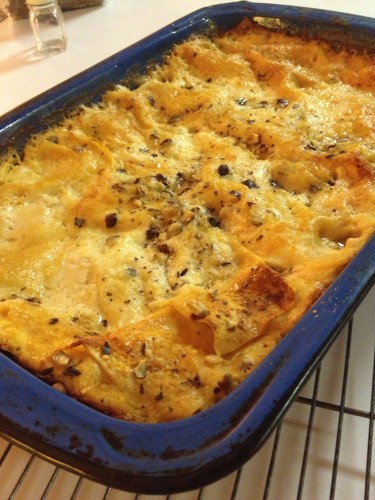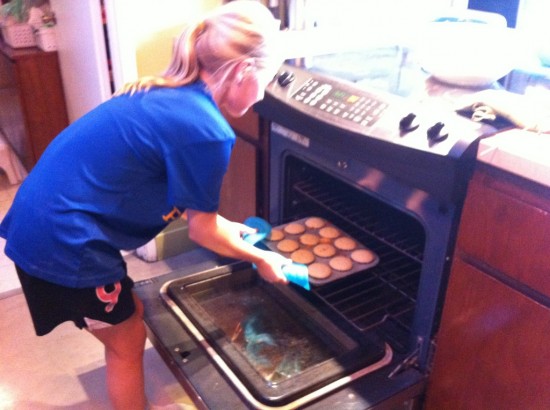A friend sent me a link today with this subject heading, “Learning to eat, indeed.”
Indeed is right. The article profiles a novel school lunch program at a charter school in Philadelphia. I know, I know. You’ve heard about these before. Lower sugar, fat, and sodium loads in the food. Locally sourced ingredients. No processed foods, nothing canned, nothing frozen, and, of course, no added sugars in drinks (nix the soda, certainly, but also the flavored milks.) You’re glazing over about now, right? You’ve seen Jamie Oliver’s Food Revolution, right? You know how bad school lunch can be. You know it can get better and that it’s not that hard to cook from scratch. (Ok, it’s harder than taking frozen lumps of chicken product out of the freezer and frying them. Still, it’s your kids’ health on the line, right? So you’re willing, maybe, to pay a little more.)
However. This isn’t a fancy school, it’s a charter school where 80% of the students qualify for subsidized lunches.
And more: the kids are learning to eat. No, not the food, the whole social and cultural dance that goes along with sitting down at a table with your friends, family, peers…even (imagine!) people you might not like very much.
Imagine: a student table captain who wears a black chef’s coat. He or she spreads a tablecloth, sets the places, pours water, serves salads. He or she returns, later, after the first course, with entrees and desserts. The students sit at round tables. They use ceramic plates and real cutlery. They have a proper, sit-down meal. They clean up after themselves.
I think I’m as excited about the round tables as I am about the roast chicken. My own kids sit outside. On wooden benches. Unless it rains. Then they stay in their classroom.
The key components of Eatiquette, the organization behind this school lunch program, are full stop brilliant. You can read them here. Eatiquette aims to transform not just what schoolkids eat, but the total eating experience. They believe that food should be delicious, sure, but that it should also be a shared, communal, social experience. They believe, like we do here, that learning to eat isn’t just about what you eat but about what the shared, communal pleasures and pains of the table can teach us about our families and the larger world we live in. Heck, that’s what our book is about (in which Caroline has an essay about school lunch!).
Consequently, school lunch isn’t just about shoveling food–even really, really good food–in your mouth, but an opportunity to learn about the responsibilities and pleasures of the table. It can even, sometimes, be a time to try new food. Eatiquette believes that beauty can be found in the food, and in the environment in which the food is served, and in the interactions between the people who sit down together to share a meal. It’s about learning to try new things, to pay attention to what, and who, is in front of you. It’s about being part of a community and a team player.
Sure, learning to eat a better lunch will certainly make your kids healthier. But it can also help make them happier, at the table and away from it.



